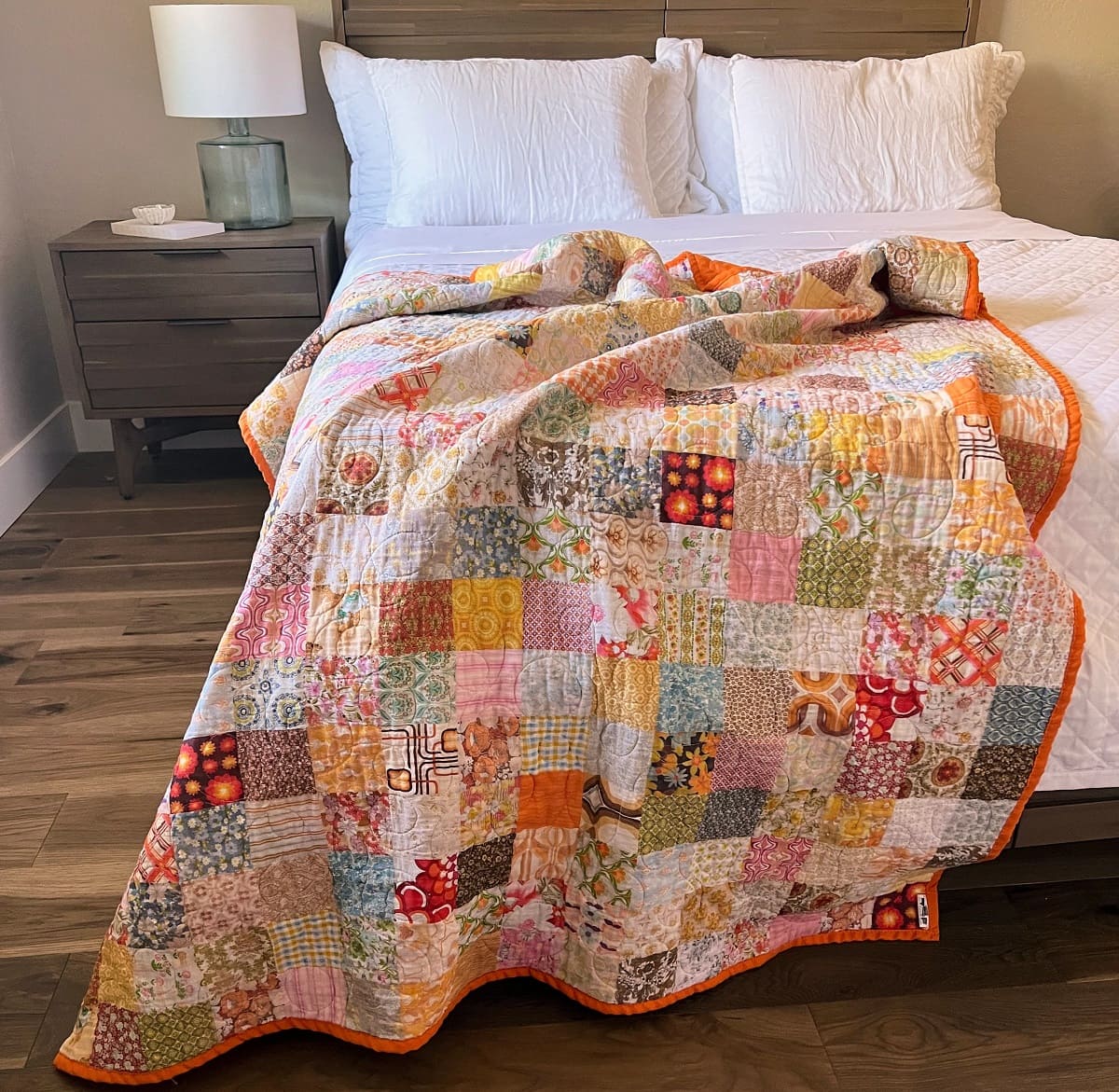

Articles
How Much Is A Handmade Quilt Worth
Modified: January 19, 2024
Discover the true value of handmade quilts with our informative articles. Learn how to assess quality, materials, and craftsmanship to determine the worth of your own treasured quilt.
(Many of the links in this article redirect to a specific reviewed product. Your purchase of these products through affiliate links helps to generate commission for Storables.com, at no extra cost. Learn more)
Introduction
Handmade quilts hold a special place in the hearts and homes of many people. These beautiful and intricate textile creations are not only a testament to the skill and creativity of the individuals who made them, but they also carry a rich history and cultural significance. When it comes to determining the value of a handmade quilt, there are various factors to consider.
Quilts have been crafted for centuries and have served practical purposes such as providing warmth and comfort. Over time, they have also become treasured heirlooms and works of art. The value of a handmade quilt goes beyond the monetary worth, encompassing emotional, historical, and cultural significance.
Understanding the factors that influence the value of a quilt can help both collectors and owners appreciate the craftsmanship and artistry that goes into creating these remarkable pieces. Whether you are considering buying, selling, or simply curious about the worth of a handmade quilt, this article will explore the key factors that contribute to its value.
Key Takeaways:
- Handmade quilts hold value beyond monetary worth, encompassing historical, cultural, and emotional significance. Factors such as rarity, workmanship, and materials contribute to their overall value and desirability.
- Assessing the market value of handmade quilts involves considering factors such as condition, age, materials, design, and market demand. Collectibility, rarity, and cultural influences also play a significant role in determining their worth.
Read more: How To Tell If A Quilt Is Handmade
Factors Influencing the Value of Handmade Quilts
When determining the value of a handmade quilt, several factors come into play. These factors can vary depending on the quilt’s age, condition, craftsmanship, materials used, and cultural or historical significance. Here are some key factors to consider:
- Rarity and Collectibility: Quilts that are rare or considered highly collectible tend to have a higher value. This can be influenced by factors such as the quilt’s age, design, historical significance, or the reputation of the quiltmaker.
- Condition: The condition of the quilt is an essential factor in determining its value. Quilts in excellent condition with minimal damage, stains, or fading are highly sought after and therefore command higher prices.
- Design and Aesthetics: The design and aesthetic appeal of a quilt can greatly affect its value. Quilts with intricate patterns, unique color combinations, or innovative designs are often considered more valuable than simpler or common designs.
- Materials Used: The choice of materials used in a quilt can significantly impact its value. Quilts made from high-quality fabrics such as silk, velvet, or hand-dyed cotton are generally more valuable than those made from lower quality or synthetic materials.
- Quilting Technique: The technique used to quilt the layers together is another vital factor. Quilts with precise and expert quilting stitches are often more valuable than those with less skillful or inconsistent stitching.
- Historical and Cultural Significance: Quilts that carry historical or cultural significance tend to have higher value. For example, quilts made during specific eras like the Civil War or quilts that reflect a particular cultural tradition can be highly prized.
- Provenance: The quilt’s provenance, or its documented history of ownership, can add value. Quilts that have a known lineage or were created by renowned quiltmakers may command a higher price due to their historical context.
It is important to note that the value of a handmade quilt is subjective and can be influenced by market trends and individual preferences. Collectors and quilt enthusiasts may place different values on certain aspects, and the market for handmade quilts can vary from region to region. Ultimately, the value of a quilt is a combination of these factors and the emotional connection it holds for both the creator and the collector.
Historical Significance of Handmade Quilts
Handmade quilts have a rich history that stretches back centuries, and their historical significance is an important factor in determining their value. Quilts have been created by individuals and communities around the world, and they often reflect the social, cultural, and economic conditions of the time.
One of the earliest examples of quilting can be traced back to ancient Egypt, where quilted textiles were used for both warmth and decoration. Throughout history, quilts have served various purposes, including providing comfort and protection during long journeys, symbolizing status and wealth, and even being used as a form of artistic expression.
During the 19th century in America, quilting became an integral part of women’s lives, especially in rural communities. Quilts were created from scraps of fabric and served as both practical bedding and creative outlets. Each quilt told a story and reflected the unique experiences and skills of the maker.
Quilts also played a significant role in American history during times of war. For example, during the American Civil War, quilts were made to raise funds for soldiers or to provide warmth and comfort to soldiers on the battlefield. These quilts became symbols of hope and solidarity, representing the collective efforts of communities during a challenging period in history.
In addition to their historical significance, quilts can also embody cultural traditions and practices. Different regions and communities have their own unique quilt patterns and styles, often passed down through generations. These regional and cultural influences contribute to the diverse and vibrant world of quiltmaking.
Today, the historical significance of handmade quilts is celebrated and preserved by collectors, museums, and quilt enthusiasts. Antique quilts, particularly those from specific eras or historical events, are highly sought after and can fetch significant prices at auctions or private sales. These quilts allow us to connect with the past, gaining insight into the lives and experiences of those who came before us.
Overall, the historical significance of handmade quilts adds depth and meaning to their value. It is through understanding and appreciating their historical context that we can fully appreciate the artistry and craftsmanship that goes into creating these timeless treasures.
Materials Used in Handmade Quilts and Their Impact on Value
The choice of materials used in a handmade quilt can have a significant impact on its value and desirability. The quality, type, and rarity of the fabrics used can influence the overall aesthetic appeal and durability of the quilt. Here are some key factors to consider when assessing the materials used in a quilt:
Fabric Quality: The quality of the fabric used in a quilt can greatly affect its value. High-quality fabrics, such as 100% cotton, silk, or wool, are often more desirable due to their durability and ability to withstand wear over time. Quilts made with lower-quality or synthetic fabrics may be less sought after and have a lower value.
Vintage or Antique Fabrics: Quilts made with vintage or antique fabrics can increase their value significantly. These fabrics, often no longer in production, can be highly sought after by collectors and quilt enthusiasts. Vintage feedsacks, calico prints, or antique silk fabrics can add a layer of historical authenticity and uniqueness to a quilt.
Hand-Dyed or Hand-Printed Fabrics: Quilts that incorporate hand-dyed or hand-printed fabrics are often valued higher. These fabrics require additional time and skill to create, resulting in more unique and visually striking designs. The artistry and craftsmanship involved in dyeing or printing the fabric can greatly enhance the overall value of a quilt.
Rare or Hard-to-Find Fabrics: Quilts made with rare or hard-to-find fabrics can command a higher value. Fabrics that are no longer in production, have limited availability, or are highly sought after by collectors can make a quilt more desirable. Examples include fabrics with limited edition prints, discontinued fabric lines, or fabrics from specific designers.
Complementary Color Palettes: The color palette and coordination of fabrics used in a quilt can also impact its value. Quilts with harmonious and aesthetically pleasing color combinations are often more visually appealing and likely to be valued higher. Attention to color theory and balance in selecting fabrics can elevate the overall artistic quality of the quilt.
Use of Vintage or Antique Embellishments: Quilts that incorporate vintage or antique embellishments, such as lace, buttons, or embroidery, can add value and charm. These embellishments not only enhance the visual appeal of the quilt but also add a layer of history and nostalgia, making the quilt more unique and collectible.
When assessing the materials used in a handmade quilt, it is essential to remember that value is subjective and can vary depending on individual preferences and trends in the market. Collectors and quilt enthusiasts may have different priorities and value certain materials over others. Ultimately, the materials used in a quilt should be considered in combination with other factors, such as design, craftsmanship, and historical significance, to determine its overall value.
Techniques Employed in Handmade Quilts and Their Influence on Worth
The techniques employed in creating a handmade quilt are an essential aspect of its value and overall appeal. The level of skill and expertise demonstrated in these techniques can greatly influence the worth and desirability of a quilt. Here are some key quilting techniques and their impact on a quilt’s value:
Piecing Techniques: The way the fabric pieces are sewn together, or pieced, can greatly affect the value of a quilt. Quilts with precise and intricate piecing techniques, such as intricate patchwork or complex block patterns, demonstrate a high level of skill and craftsmanship. These quilts are often considered more valuable due to the amount of time and effort required to create them.
Appliqué: Appliqué is a technique where fabric shapes are sewn onto a background fabric to create decorative elements or designs. Quilts that showcase well-executed appliqué work, especially if done by hand, often have higher value. The precision, intricacy, and artistic quality of the appliqué can greatly enhance a quilt’s aesthetic appeal and desirability.
Quilting Stitches: The quilting stitches used to join the layers of a quilt together can have a significant influence on its value. Quilts with even and consistent quilting stitches are generally more highly valued than those with uneven or sloppy stitching. Quilts that showcase intricate or elaborate quilting designs add an extra layer of artistry and craftsmanship, contributing to their worth.
Hand Quilting vs. Machine Quilting: The method used to quilt a quilt, whether by hand or machine, can impact its value. Hand-quilted quilts are often considered more valuable due to the amount of time, skill, and attention to detail required. Machine-quilted quilts, while more efficient to produce, may not have the same level of intricacy and craftsmanship, resulting in a lower value.
Finishing Techniques: The finishing techniques used in a quilt, such as the binding or edging, can also influence its worth. Well-executed binding that is clean and secure adds a professional and polished look to a quilt, increasing its value. Finishing techniques that show careful attention to detail and durability contribute to the overall quality and desirability of the quilt.
Innovation and Creativity: Quilts that demonstrate innovative and unique techniques or design elements are often highly valued. Quilters who push the boundaries and create original designs or incorporate innovative techniques can command higher prices for their work. The element of creativity and originality adds a distinctiveness to the quilt, making it more desirable among collectors and art enthusiasts.
It is important to note that the value of a quilt is not solely determined by the techniques employed but is also influenced by other factors such as materials used, condition, historical significance, and cultural relevance. The combination of these factors, including the level of skill demonstrated in the techniques, contributes to the overall worth and admiration of a handmade quilt.
When determining the worth of a handmade quilt, consider factors such as the quality of materials, intricacy of the design, and the skill of the quilter. Additionally, the historical or sentimental value of the quilt can also impact its worth.
Read more: How To Wash A Handmade Quilt
Assessing the Workmanship of Handmade Quilts
Assessing the workmanship of a handmade quilt is a crucial step in determining its value and overall quality. The level of skill, attention to detail, and precision exhibited in the creation of the quilt can greatly influence its worth and desirability. Here are some key factors to consider when evaluating the workmanship of a handmade quilt:
Seam Quality: The quality of the seams in a quilt is a clear indicator of the level of workmanship. Even, straight, and secure seams show attention to detail and precision in the piecing process. The quiltmaker’s ability to create consistent and durable seams contributes to the overall quality and longevity of the quilt.
Matching Points and Corners: The ability to match and align points and corners accurately demonstrates the skill and expertise of the quiltmaker. Whether it’s matching seams, intersecting fabric pieces, or creating precise mitered corners, attention to detail in these areas indicates a high level of workmanship.
Consistency of Quilting Stitches: The consistency of quilting stitches throughout the quilt is an important aspect to evaluate. Evenly spaced and consistent stitches indicate a steady hand and meticulous attention to detail. Quilts with uniform quilting stitches are often highly regarded for their workmanship.
Uniformity of Quilting Design: The uniformity and consistency of the quilting design across the quilt top reflect the quiltmaker’s skill and dedication to creating a cohesive and visually appealing piece. Quilts with well-planned and evenly executed quilting designs demonstrate a high level of workmanship.
Accuracy in Cutting and Appliqué: Accurate cutting of fabric pieces and precise appliqué work are important aspects of assessing workmanship. Careful and precise cutting results in well-fitting fabric pieces, while accurate appliqué work ensures clean and seamless integration of fabric shapes onto the quilt top.
Attention to Finishing Details: The finishing details of a quilt, such as the binding and edge treatments, provide valuable insights into the quiltmaker’s workmanship. Neat and well-executed binding, secure edges, and clean finishes showcase the quiltmaker’s commitment to delivering a professionally crafted final product.
Quality of Materials: The choice of materials used in a quilt can also reflect the quiltmaker’s attention to workmanship. High-quality fabrics, threads, and batting demonstrate a dedication to creating a quilt that will last and retain its beauty over time.
When assessing the workmanship of a handmade quilt, it is important to consider the overall quality, attention to detail, and the consistency of craftsmanship throughout the quilt. A quilt that exhibits superior workmanship is not only valued for its beauty but also for its durability and ability to withstand the test of time.
Keep in mind that evaluating workmanship is subjective, and opinions may vary among different quilt enthusiasts and collectors. However, understanding and appreciating the level of skill and expertise required in creating a finely crafted quilt can help in determining its value and desirability.
Cultural and Regional Influences on the Value of Handmade Quilts
The value of handmade quilts is not solely determined by their physical attributes but also by the cultural and regional influences that surround them. Quilting traditions and styles vary across different cultures and regions, and these factors play a significant role in shaping the appreciation and value of these textile treasures. Here are some key points to consider regarding cultural and regional influences on the value of handmade quilts:
Cultural Significance: Quilts often hold deep cultural significance within the communities they originate from. The symbolism, motifs, and patterns used in quilts can reflect cultural traditions, stories, and beliefs, making them important cultural artifacts. Quilts with strong cultural ties are highly valued by collectors and enthusiasts who appreciate their historical and cultural relevance.
Regional Traditions: Different regions have distinctive quiltmaking traditions and styles that have been passed down through generations. For example, the Amish quilts known for their bold geometric designs or the Hawaiian quilts with their intricate appliqué patterns. Quilts that embrace and exemplify these regional traditions are highly coveted and command higher prices in the market.
Local Materials: Quilts crafted using locally sourced materials can have a special appeal and elevated value. Fabrics, dyes, and embellishments indigenous to a specific region can contribute to the uniqueness and authenticity of a quilt. These localized materials add an extra layer of cultural significance and rarity to the quilt.
Historical and Political Influence: Quilts often reflect the historical and political climate of a particular era or region. For instance, during times of war or social change, quilts were used to communicate messages and convey emotions. Quilts created during significant historical periods or in response to specific social or political events carry added historical value and are highly sought after by collectors and historians.
Community Collaboration: In some cultures, quiltmaking involves a collective effort and community collaboration. Quilt bees, where individuals come together to sew quilts, are a prime example of this collaborative process. Quilts that are the result of community efforts can possess a deep sense of connection and heritage, making them intrinsically valuable to the community and highly regarded among collectors.
Recognized Quiltmakers: Certain regions or cultures are renowned for producing exceptional quiltmakers whose work carries a premium value. Quilts made by these recognized quiltmakers, who have developed a reputation for their skill and artistry, often fetch higher prices at auctions or in the marketplace.
It is important to approach the cultural and regional influences on the value of handmade quilts with respect and appreciation for their historical and cultural context. Quilts that embody these influences not only have monetary worth but also carry the collective wisdom, stories, and traditions of the communities they come from. Understanding and recognizing these cultural and regional elements adds depth and richness to our understanding and admiration of handmade quilts.
Collectibility and Rarity of Handmade Quilts
When assessing the value of handmade quilts, one important factor to consider is their collectibility and rarity. Quilts that are considered collectible are often sought after by quilt enthusiasts and collectors due to their unique qualities and limited availability. Here are some key points to understand about the collectibility and rarity of handmade quilts:
Antique and Vintage Quilts: Antique and vintage quilts, typically those dating back 100 years or more, are highly collectible due to their historical significance and rarity. These quilts offer a glimpse into the past and provide a connection to previous generations. The scarcity of well-preserved antique quilts contributes to their collectibility and the premium prices they command.
Signature Quilts: Signature quilts, also known as friendship quilts, are another category valued for their collectibility. These quilts are typically made by a group of individuals who each contribute a block and sign their names. Signature quilts often hold sentimental value and can be cherished heirlooms. Quilts with notable signatures, such as renowned quiltmakers or historical figures, are particularly sought after among collectors.
Quilts by Renowned Quiltmakers: Quilts crafted by well-known or highly skilled quiltmakers often have higher collectibility. These quilts gain value due to the reputation and recognition of the quiltmaker, who has established themselves as an authority in the quilting community. Quilts made by renowned quiltmakers are considered rare and can fetch substantial prices in the market.
Experimental or Art Quilts: Quilts that push the boundaries of traditional quilting techniques and design are highly collectible. Experimental or art quilts showcase innovative approaches, unconventional materials, and unique aesthetics. These one-of-a-kind pieces appeal to collectors interested in acquiring quilts as pieces of art rather than solely for their practical use.
Quilts with Unique or Rare Patterns: Quilts featuring rare or uncommon patterns are highly valued by collectors. These patterns may be traditional designs that have fallen out of favor or unique designs created by individual quiltmakers. The rarity of these patterns contributes to the collectibility of the quilt, as quilt enthusiasts are always on the lookout for distinctive and uncommon designs.
Limited Edition or Commemorative Quilts: Quilts produced in limited quantities or created to commemorate a particular event or occasion are often sought after by collectors. These quilts have a built-in rarity, making them highly desirable among collectors who want to own a piece of a specific moment or limited-production series.
Regional or Cultural Quilts: Quilts that reflect specific regional or cultural traditions are highly collectible. These quilts showcase the unique aesthetics, techniques, and stories of a particular culture or region. Collectors often seek out these quilts to preserve and appreciate the rich heritage and history they represent.
It’s important to note that while certain quilts may hold significant collectible value, the worth and desirability of a handmade quilt can also be influenced by personal preferences and market trends. The rarity and collectibility of a quilt are just one aspect of its overall value, alongside factors such as craftsmanship, materials used, and aesthetic appeal.
Determining the Market Value of Handmade Quilts
Determining the market value of handmade quilts can be a complex process that involves considering various factors. While there is no definitive formula for calculating the exact value of a quilt, here are some key elements to consider when determining its market worth:
Condition: The overall condition of a quilt is a critical factor in determining its market value. Quilts in excellent condition, with minimal damage, stains, or fading, are generally more valuable and sought after by collectors. Any repairs or restorations should be disclosed and can affect the market value, depending on their quality and impact on the quilt.
Age and Rarity: The age and rarity of a quilt can significantly impact its market value. Older quilts, particularly those dating back to the 19th or early 20th century, are generally more valuable due to their historical and cultural significance. Quilts that are rare or hard to find, either due to their age, specific design, or geographical origin, can command higher prices in the market.
Materials and Workmanship: The materials used and the level of workmanship demonstrated in a quilt contribute to its market value. Quilts made with high-quality fabrics, well-executed stitching, and intricate quilting designs are often valued higher. The craftsmanship involved in the creation of a quilt is an important consideration for collectors and can impact its market worth.
Design and Aesthetics: The design and aesthetic qualities of a quilt play a significant role in its market value. Quilts with intricate and visually appealing patterns or innovative design elements are often more desirable among collectors. Unique color combinations, attention to detail, and overall artistic quality can contribute to a quilt’s market worth.
Provenance and Historical Significance: The provenance or documented history of a quilt can increase its market value. Quilts that have a known lineage, were made by renowned quiltmakers, or have a connection to significant historical events or figures hold intrinsic value. Provenance adds a layer of authenticity and can make a quilt more attractive to collectors and institutions alike.
Market Demand and Trends: The current market demand and trends for handmade quilts can also influence their market value. Collectors’ preferences, changing tastes, and cultural shifts can impact the perceived worth of a quilt. Monitoring market trends and understanding the interests and preferences of potential buyers can provide valuable insights into a quilt’s market value.
Comparable Sales: Looking at recent sales of similar quilts can provide a benchmark for determining the market value. Researching auction results, private sales, and online marketplaces can help gauge the market price range for comparable quilts. However, it’s essential to consider the specific details, condition, and provenance of each quilt for accurate comparisons.
Valuing handmade quilts is a subjective process, and different collectors, appraisers, and buyers may assign different values based on their individual perspectives and criteria. It is essential to work with reputable appraisers or consult experts in the field to obtain a fair and accurate assessment of a quilt’s market value.
Ultimately, the market value of a handmade quilt is a culmination of its unique characteristics, historical and cultural significance, craftsmanship, and the demand within the quilting community. By considering these factors and staying informed about the ever-evolving market, one can make more informed decisions regarding the buying, selling, or valuation of handmade quilts.
Read more: How Much Is A Used Recliner Worth
Conclusion
Handmade quilts are not only beautiful works of art, but they also hold a significant historical, cultural, and sentimental value. Determining the value of a handmade quilt is a multifaceted process that involves evaluating factors such as rarity, workmanship, materials used, and cultural significance. The market value of a quilt may fluctuate due to changing trends, collector preferences, and the availability of comparable quilts.
Factors influencing the value of a handmade quilt include its historical significance, the materials used, the techniques employed, and the regional or cultural influences. Quilts that carry a rich history, incorporate high-quality materials, showcase intricate craftsmanship, and reflect unique cultural traditions are often highly valued by collectors and enthusiasts.
Assessing the workmanship of a quilt involves examining the quality of seams, precision in cutting and appliqué, uniformity of quilting stitches, and attention to finishing details. The level of skill and artistry exhibited in these areas contributes to the overall value and appreciation of a quilt.
Collectibility and rarity also play a significant role in determining the value of handmade quilts. Antique and vintage quilts, signature or notable quiltmaker quilts, experimental or art quilts, and quilts with unique patterns or regional significance are highly sought after in the market. The scarcity, historical context, and cultural importance of these quilts contribute to their collectibility and higher market values.
Determining the market value of a quilt requires considering multiple factors, including the condition, age, materials, design, provenance, and market demand. Researching comparable sales and consulting with experts can provide valuable insights into the quilt’s market worth and help make informed decisions when buying, selling, or valuing handmade quilts.
Ultimately, handmade quilts embody the creativity, artistry, and cultural heritage of their makers. Whether they are treasured family heirlooms, valuable collectibles, or admired works of art, these textile masterpieces continue to captivate and inspire generations. The value of a handmade quilt extends beyond its monetary worth, as it carries a legacy that connects us to our past and enriches our present.
Frequently Asked Questions about How Much Is A Handmade Quilt Worth
Was this page helpful?
At Storables.com, we guarantee accurate and reliable information. Our content, validated by Expert Board Contributors, is crafted following stringent Editorial Policies. We're committed to providing you with well-researched, expert-backed insights for all your informational needs.
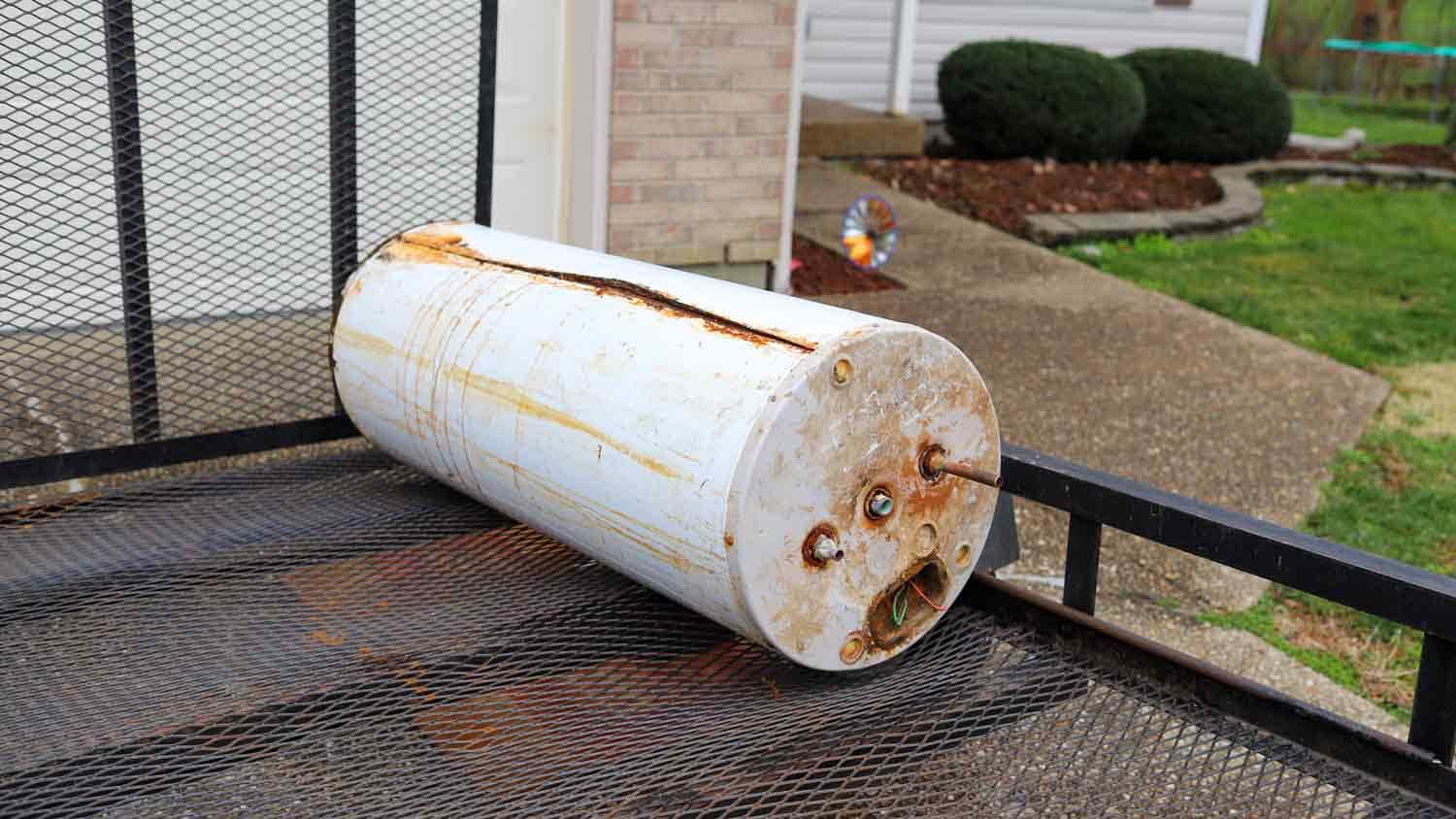
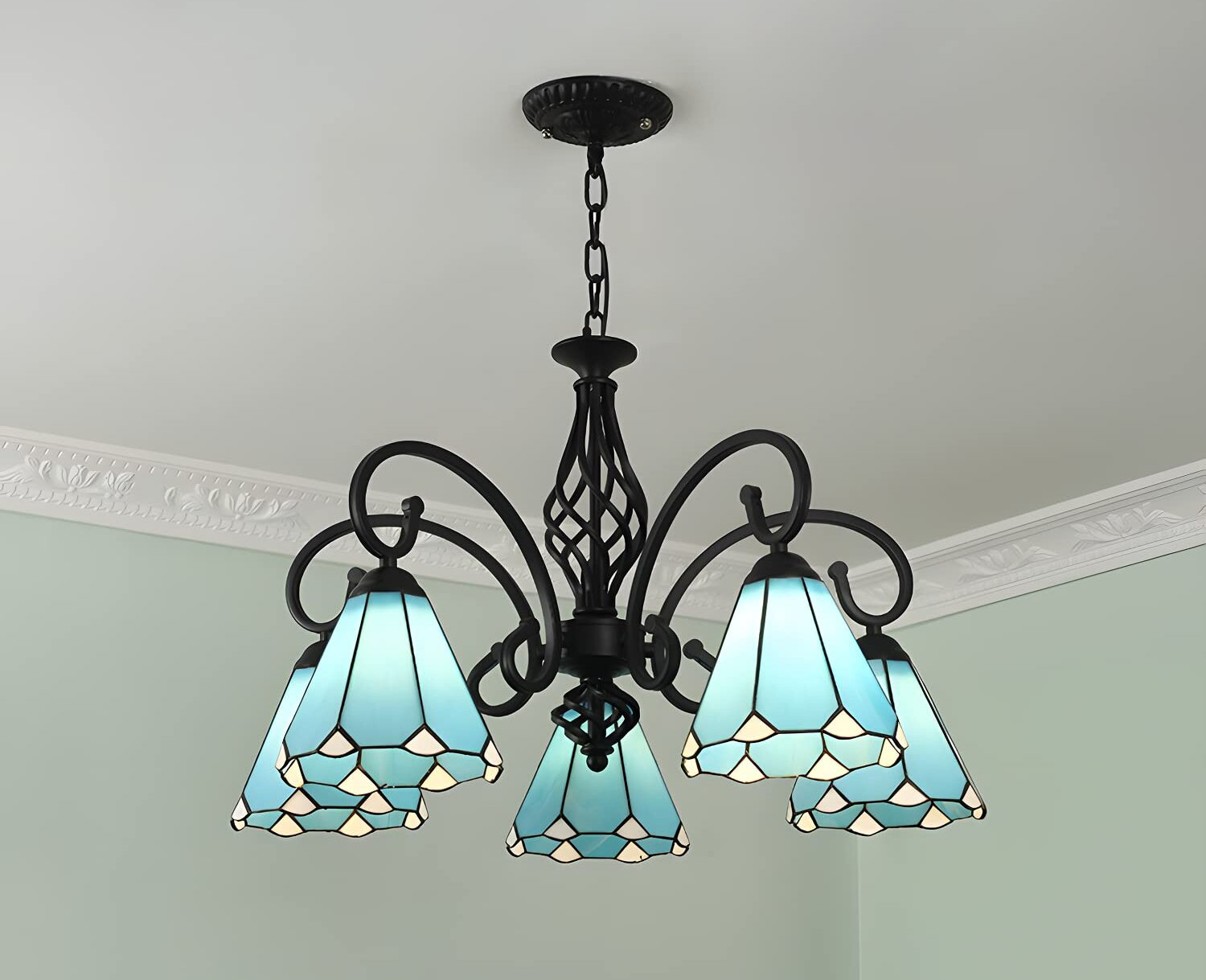

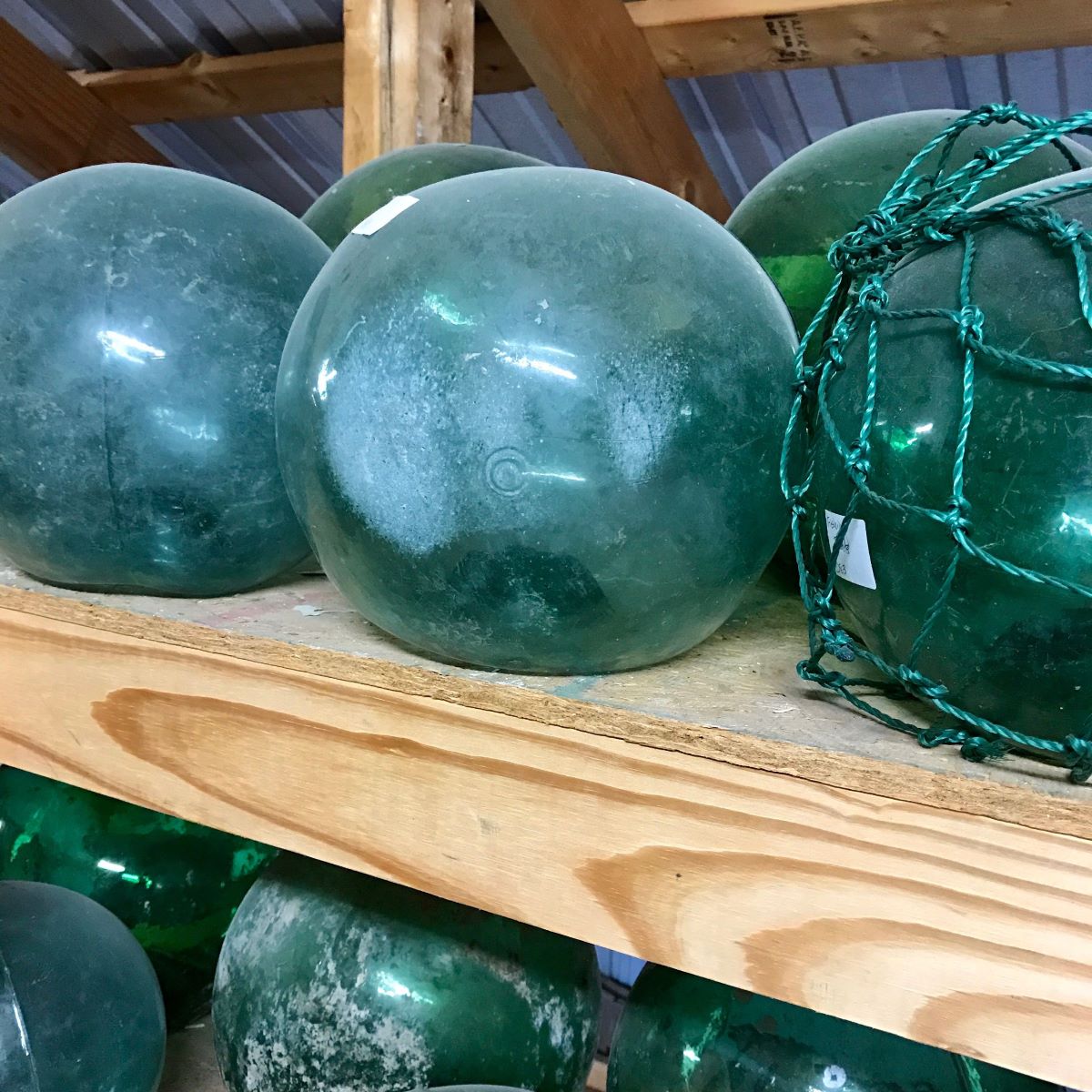
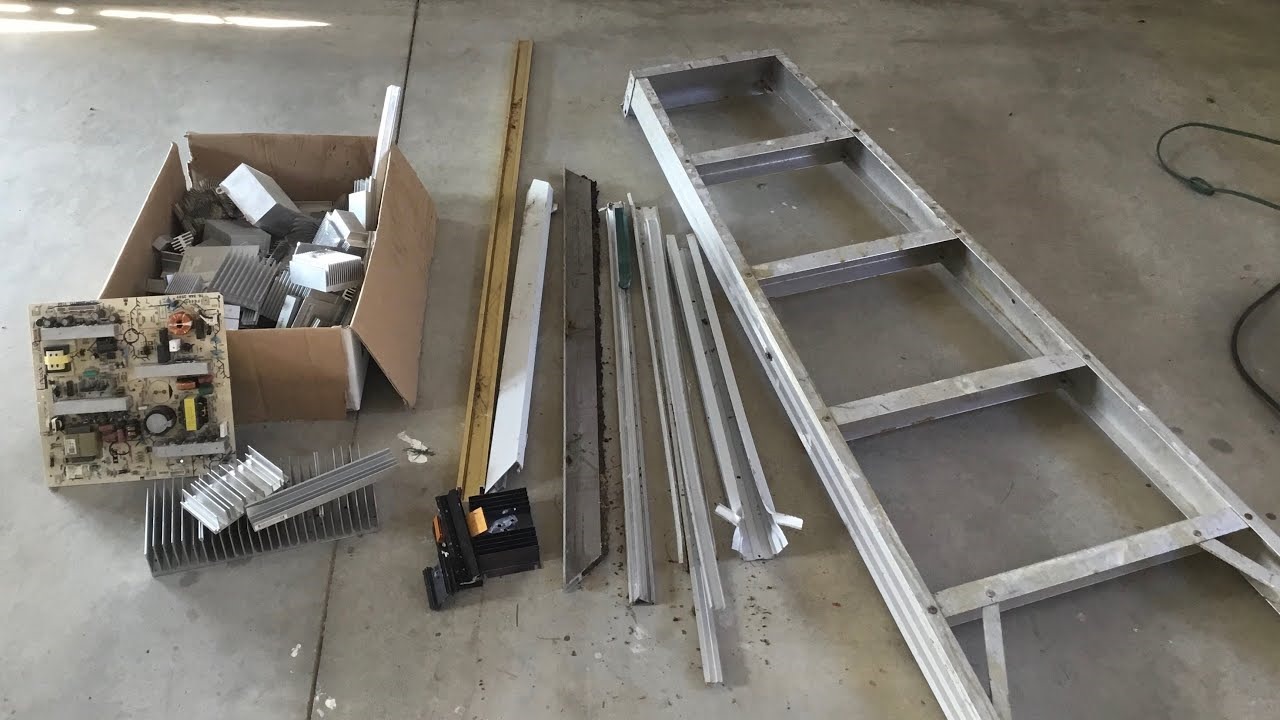

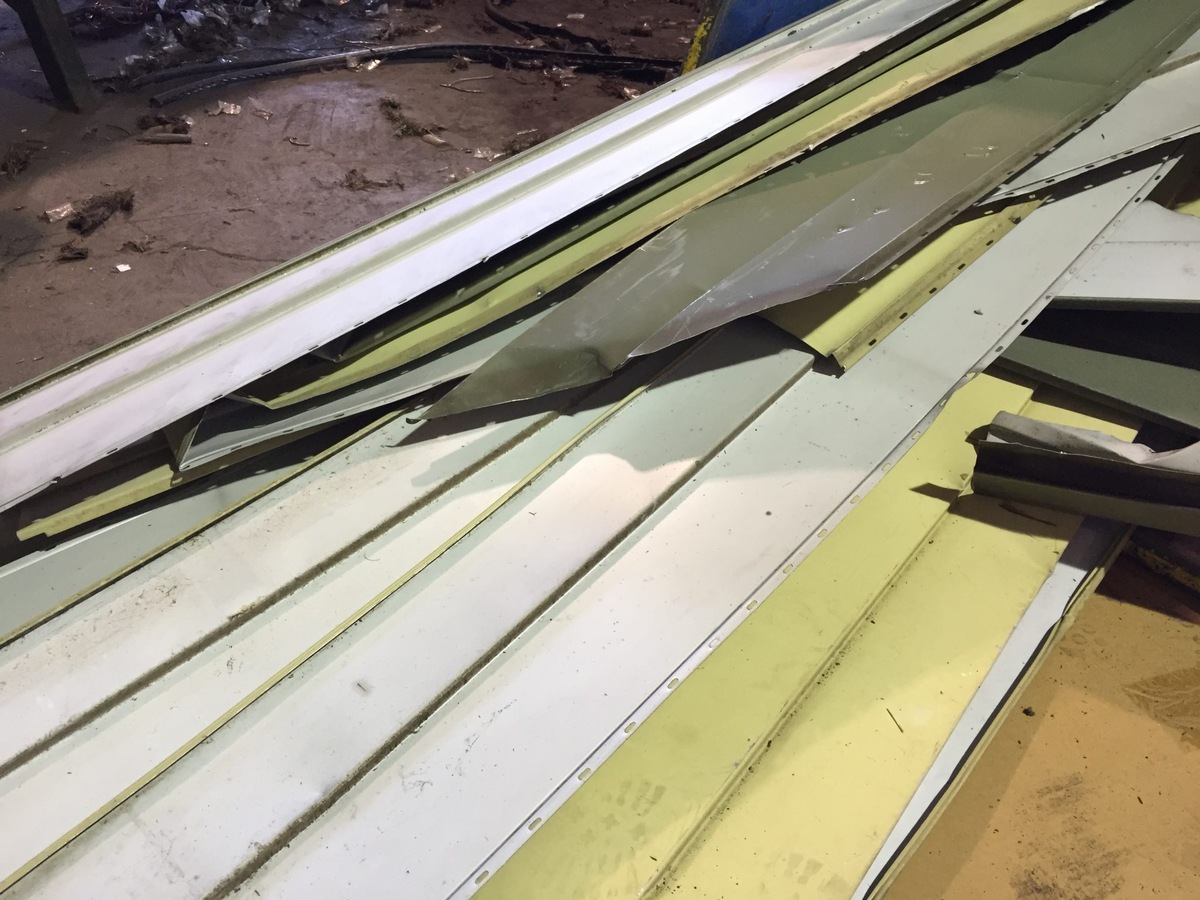
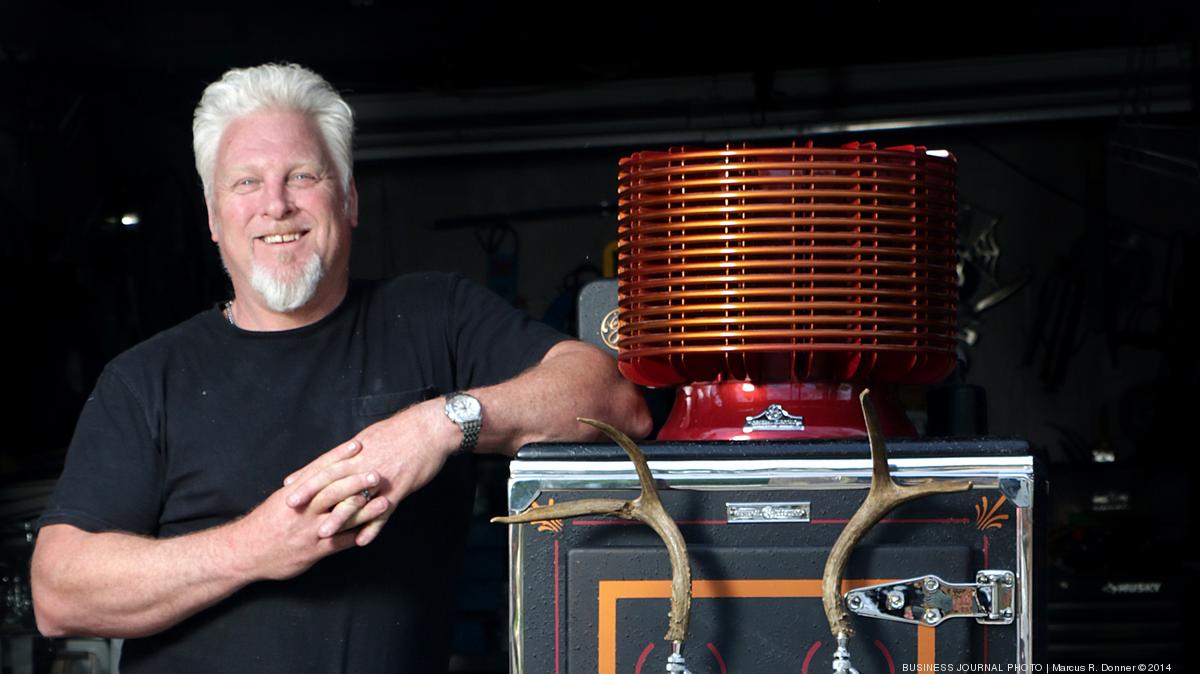
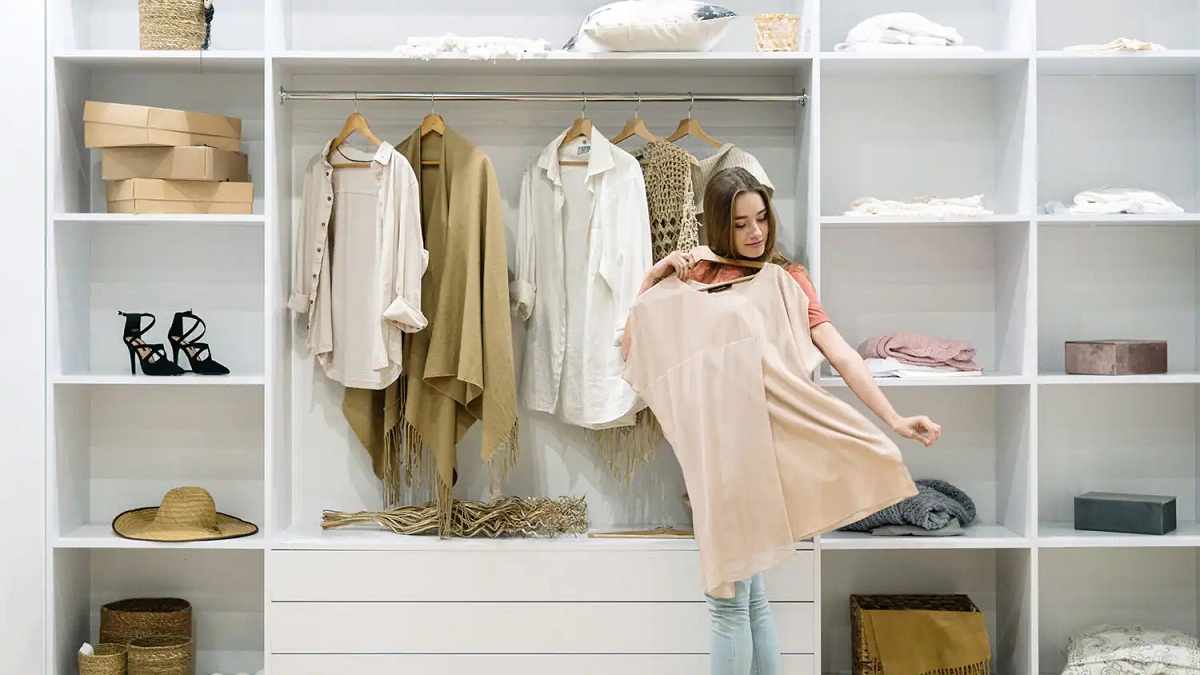
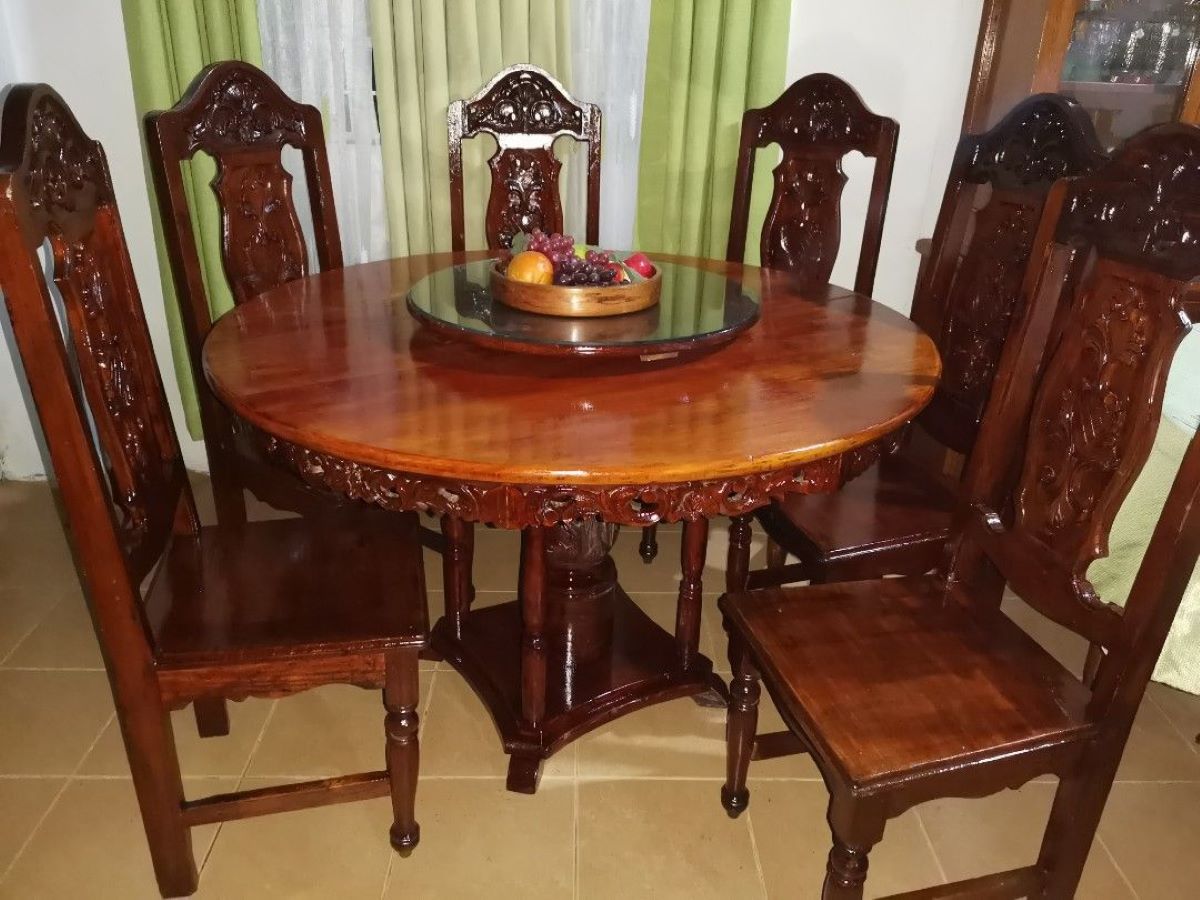
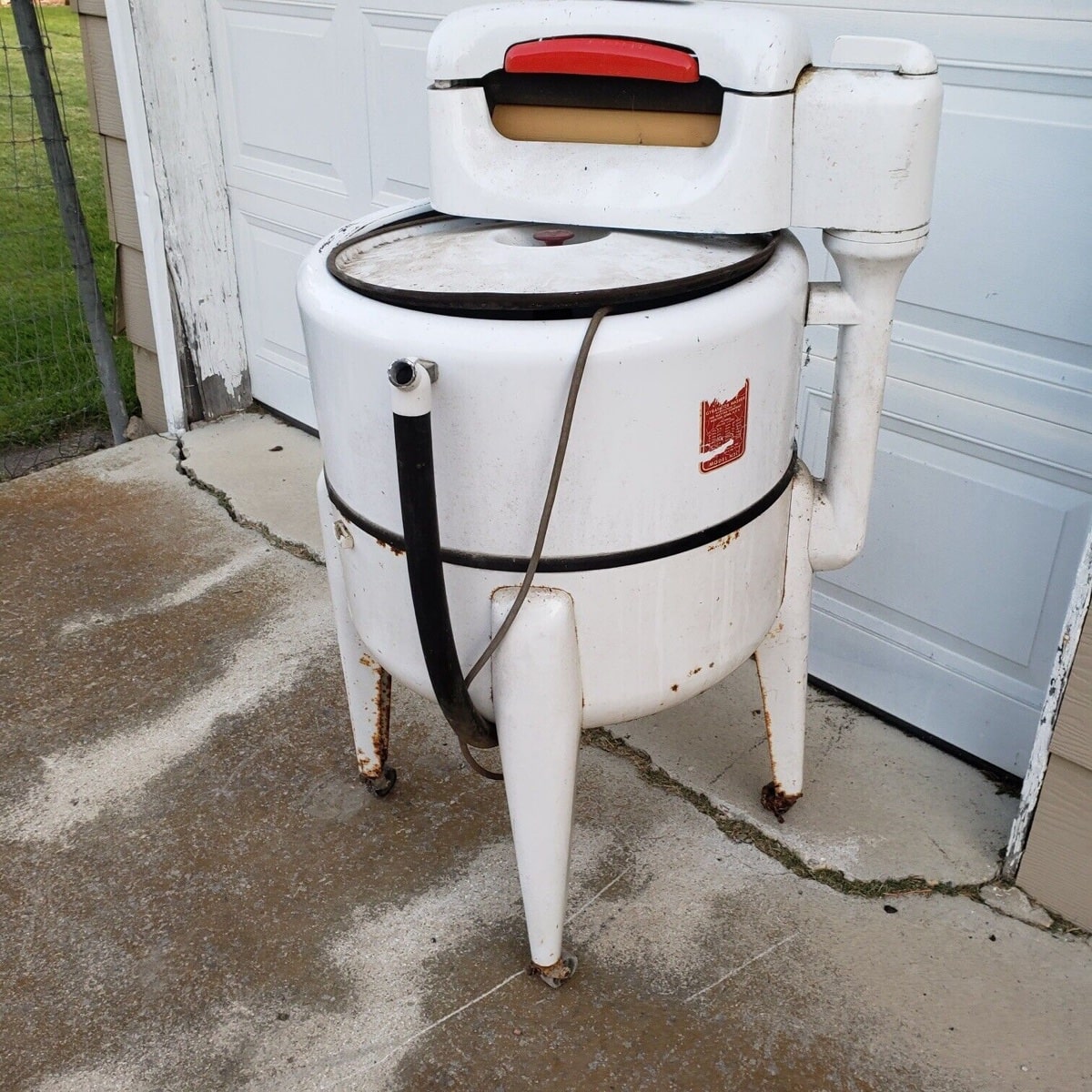
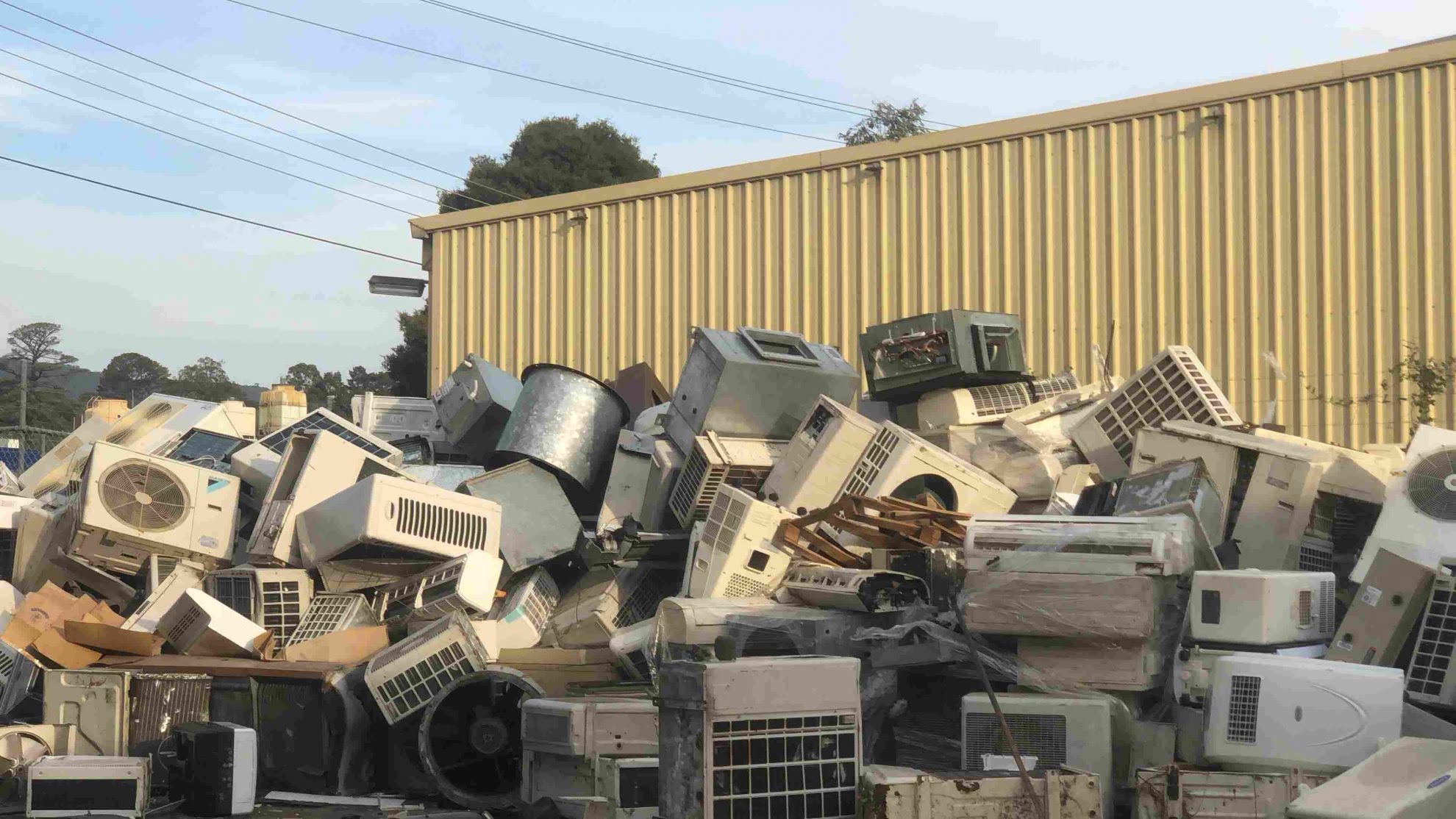


0 thoughts on “How Much Is A Handmade Quilt Worth”